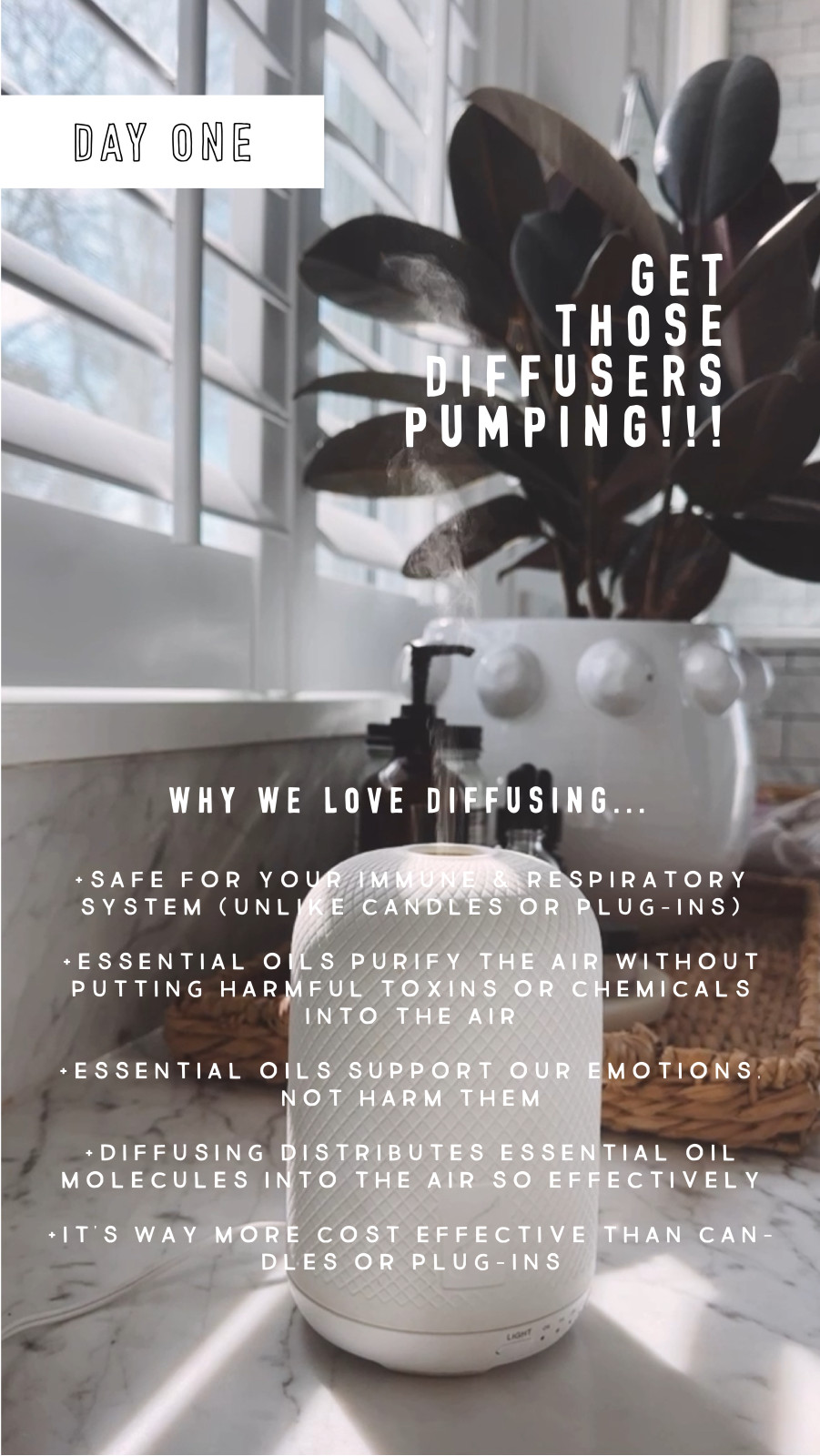I am a Terrible cook with a capital T so if there is a pot or pan that helps me not melt all the food to the bottom then I am here . for. it. Or more like- I was. I was until I heard that toxic chemicals from those nonstick pans could be leaking into the air and our food. I did not know much about what that meant, but just hearing that was enough for me to say "no thank you". So are there chemicals leaching into our air and food while cooking and what does that mean? Let's briefly chat about that.

"Nonstick cooware is convenient and found in many kitchens workdwide. The nonstick coating is made from a chemical called PTFE, also now as Teflon, which makes cooking and washing up fast and easy." Health agencies have raised concerns about the compound PFOA, which was previously used to make Teflon. However, Teflon has been PFOA-free since 2013.
Today's nonstick and Teflon cookware is considered safe for everyday home cooking, as long as tempatures do not exceed 500 F (260 C). According to many you can use your nonstick cookware on the stovetop as low-to-medium heat, but don't use it at maxium heat or for hotter cooking methods like broiling" according to the healthline.com... but my question is do I want to take that risk?
Sure one time may not seem like a big deal but what about over time. We know our bodies are just accumulating all these toxins we're getting day in and day out (think about drinking water, cookware, plastics, medicines, cleaners, fragrances, food, hair + body washes, make up, laundry, etc etc). If we wait until we're reached our tipping point then it's too late. And we also know (especially for women, for mothers) we pass these toxins onto our children that we carried.
And everything I've been reading suggests that "research is still ongoing"... I don't know about you but if I'm going to be a lab rat I at least want to choose the safer cookware option. And I didn't even get into the facts about how those nonstick pans disrupt our endocrine system which is crucial for us. If you are looking for more information I find the www.EWG.org and PubMed.com to be super helpful.



